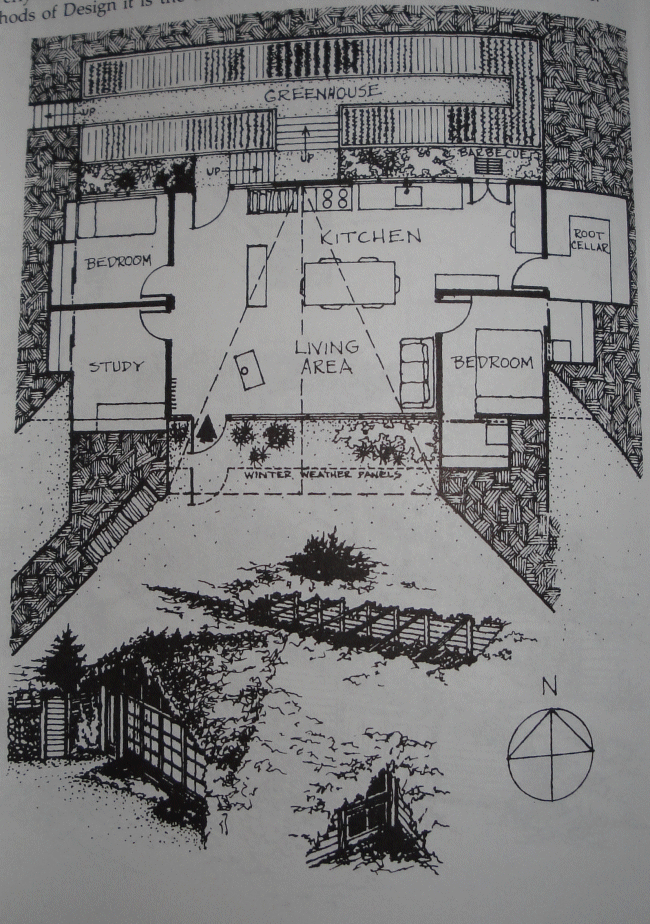









Kent




find religion! church
kiva! hyvä! iloinen! pikkumaatila
get stung! beehives
be hospitable! host-a-hive
be antisocial! facespace




Brenda
Bloom where you are planted.
http://restfultrailsfoodforestgarden.blogspot.com/








Our inability to change everything should not stop us from changing what we can.








The ultimate goal of farming is not the growing of crops, but the cultivation and perfection of human beings. - Masanobu Fukuoka

































find religion! church
kiva! hyvä! iloinen! pikkumaatila
get stung! beehives
be hospitable! host-a-hive
be antisocial! facespace










NM Grower wrote:
Once the first batch is done fermenting, we should all go over to Ed's and see how it's all going!
NM Grower wrote:
I have often encountered the idea of integrating animals with the greenhouse, but I've never thought it would make sense for CO2 enrichment. The animals are outside foraging during the day, precisely at the time when you'd want to lock them in to make CO2 for the plants.
NM Grower wrote:
Has anybody measured the ppm CO2 of chicken breath?!
find religion! church
kiva! hyvä! iloinen! pikkumaatila
get stung! beehives
be hospitable! host-a-hive
be antisocial! facespace









NM Grower wrote:
Storing the CO2 for use the next sounds like a good idea, but the volume to have an effect might be enormous. I've toured a large dutch tomato greenhouse (100s of acres under glass), and they pump the flue gases from central boilers to the tomatoes. All day long they heat and store water in order to produce the CO2 from the burning of natural gas. Then at night they use the hot water in a radiant heat system to heat the tomatoes. They even have a movable pipe that they keep at the same level as the tomato clusters they are ripening.
find religion! church
kiva! hyvä! iloinen! pikkumaatila
get stung! beehives
be hospitable! host-a-hive
be antisocial! facespace













Ed wrote:
Tel, what temperature does mead need to ferment?
find religion! church
kiva! hyvä! iloinen! pikkumaatila
get stung! beehives
be hospitable! host-a-hive
be antisocial! facespace









NM Grower wrote:
But anyway, my interest in continuing this discussion is waning
NM Grower wrote:
Your math sounds right. So, let's say you have some great sustainable way to produce 1 cubic foot of pure CO2. To supplement to the 800 ppm as a commercial tomato grower would do, your 1 cubic foot CO2 would for one instant bring 1,250 cubic feet of growing space up to this level. (1 / 800ppm) With a 10 foot ceiling, you just supplemented for one instant 125 sq feet of growing space. Then the plants start using it up, and you're out of CO2, and the effect continues to diminish, until you are down below atmospheric levels, and you'd be better off venting. The point is that you need to maintain the 800ppm for the duration of the growing day. That takes a lot of CO2.
find religion! church
kiva! hyvä! iloinen! pikkumaatila
get stung! beehives
be hospitable! host-a-hive
be antisocial! facespace




















